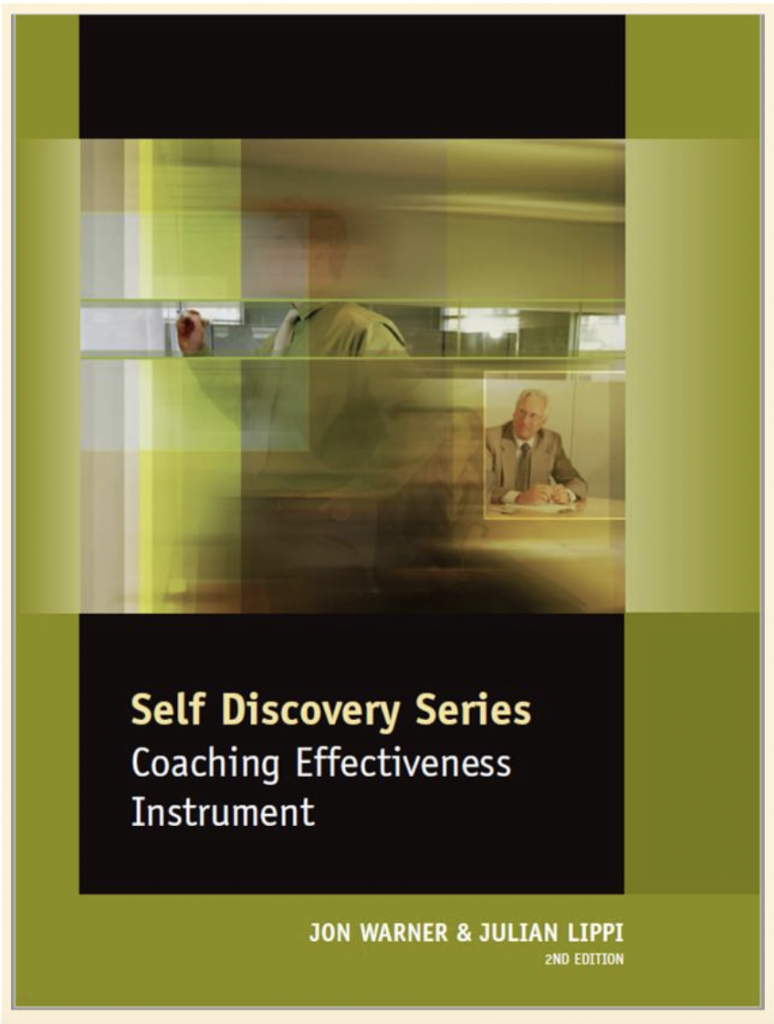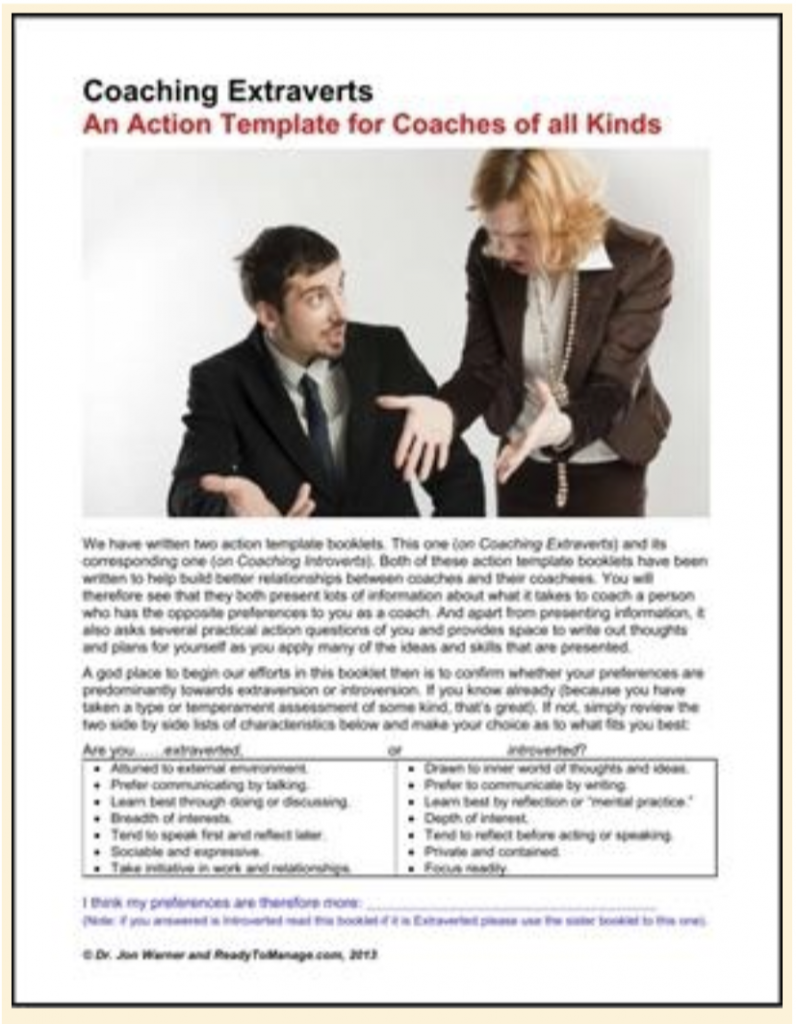What is the best way to turn a corner?
The ultimate goal of coaching is to help people and leaders you are developing or discipling change their lives for the better and grow personally and in their ministries. As you help people prepare for what’s next, it’s important to help them slow down, assess, and adjust so they can round the next corner with confidence. Here’s how…
Reflection helps you to prepare people you are developing for success. You want to help them discover a path that will take them closer and closer to their goals, personal growth, and transformational learning. Reflection conversations lead to positive action.
The 3 Phases of Reflection
1. Shift from rehearsing the story to reflection
A good way to kick start a coaching conversation is to ask questions to find out what a person is giving their attention to at the moment. Of course, the real agenda might be forthcoming but this will get the ball rolling. Here are the questions I like to use (borrowed with permission from The Coaching Habit by Michael Bunjay Steiner):
- What’s on your mind?
- What’s the real challenge for you?
- What do you want?
- How can I help?
Christian Coaching Essentials, p. 48
Inevitably, the people you are developing will use this as an opportunity to share about a situation that springboards into the agenda. As a coach, you ask questions that spur your clients to think deeper. Oftentime, by the end of the conversation, they will gain new insight into themselves by way of reflection.
For example: You are working with a small group coordinator to reignite small group ministry in your congregation, but she has not yet surfaced any real options. In fact, over the course of several conversations, she realizes that the options she has at her disposal are thin and this is beginning to wear on his ministry and personal tolerance levels.
Questions for rehearsing to reflection:
- What did this conversation reveal to you?
- How has your curiosity been sparked?
- What are you sensing the Holy Spirit wants you to explore further?
2. Shift from reflection to action
Reflection is so helpful, but not worth much if it is not used to make positive changes. The next step is to take the information the people you are developing have gathered about themselves from the reflection, and take action.
For example: The small group coordinator has pursued each lead but the trail always halts in a dead end. Now she is left with a real problem: what if a new path to relocate does not emerge? This throws her into a spiral of despair and unbelief. Your task is to help her see that this is not the end of the road but just the beginning of exploring new avenues, new relationships, and new opportunities.
The trajectory of your questions must help the client think beyond present circumstances so that she can move up and out of the spiral she finds herself in. There will be some heavy lifting involved for you to challenge her assumptions and break through the mental and spiritual blockages that are holding her back. In this scenario, the client connected with another church in the community that eventually became a partner to help her discover ways to adopt a new small group model.
Questions for reflection to action:
- What would you like your impact to be?
- How can you create an environment where that is possible?
- Who do you know that knows someone who could help?
Brainstorm Exercise:
- Using post-it notes, take a pen and ask the people you are working with to brainstorm as many ideas as possible and write each individual idea on a new post-it.
- Explain that the goal is quantity, not quality, and that they do not need to organize these in any order.
- After a designated time to brainstorm ideas (5-7 minutes), ask the people you are working with to organize the post-it notes into groups formed around a similar theme or affinity
- Examples of groups around the topic of impact: social, financial, spiritual, psychological, marriage, etc.
3. Shift from Action to Transformational Learning
The final step is coming together again to discuss the results of the action. Once more, this step revolves around conversation and you asking probing and thoughtful questions. The goal is to use the results to help the people you are developing understand their growth and see the transformation that has taken place.
For example: The small group coordinator has made a shift. There are details to work out every week, but the strategy to relocate has been positive on many fronts: uptick in visitors, stability, and a sense of momentum that comes with those two things.
Questions for Action to Transformational Learning:
- How has this experience challenged your thinking?
- What do you need to change moving forward?
- What insights do you have about your leadership?
4 Benefits to the Client
1. Self-discovery
Guiding people through the reflection sequence allows them to come to their own conclusions. “Ah-ha” moments are far more powerful than simply telling a person what they need to do
2. Slow down to go fast
Life in real time rarely leaves space for deeper reflection and learning. The result is repeating the same mistakes. Helping the people you are developing to see the story frame by frame leads to greater awareness and effectiveness in future projects.
3. Prescriptive vs. Descriptive
Steps and pathways to growth are great—unless they don’t have an onramp where the people you are developing have access to understand their needs or forcing them to go in unnecessary directions. Prescriptive formulas don’t always fit the context. Instead, taking on a strategic role in a creative process allows your client to describe and process their own experiences, which leads to powerful insights.
4. Surfaces values
Processing conversations gives people you are developing the opportunity to allow values to percolate to the surface. When a person has clearly defined values, they are able to make decisions with greater confidence.
It is so clear how this young woman used each step of the sequence to great effect. She was given permission to reflect, advance her thinking from reflection into action for transformational learning that will change the trajectory of her own life and of those around her. This is a process that will push your clients to think deeper, ask more questions, develop a strong vision and take action. Ultimately, this process produces results!



Photo by Jake Blucker on Unsplash

